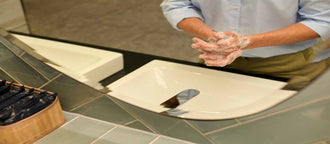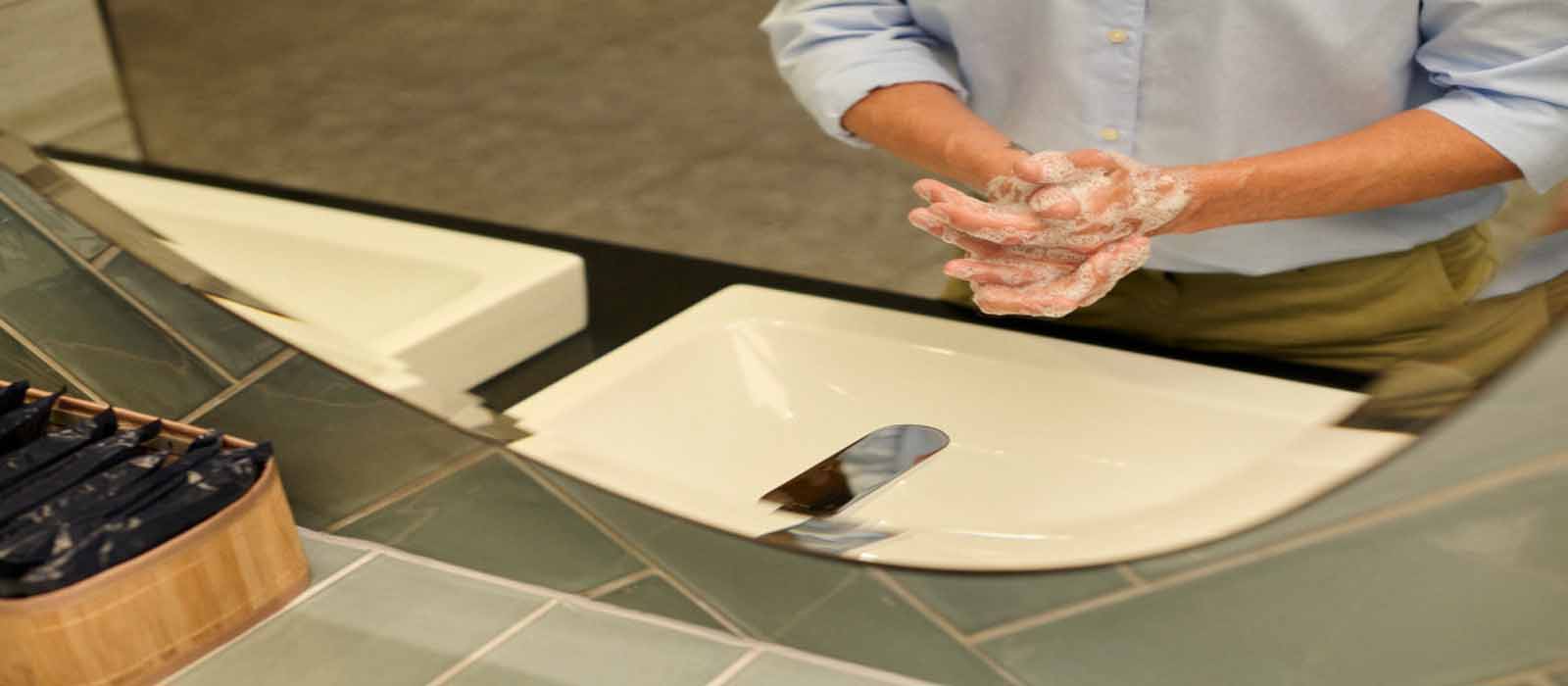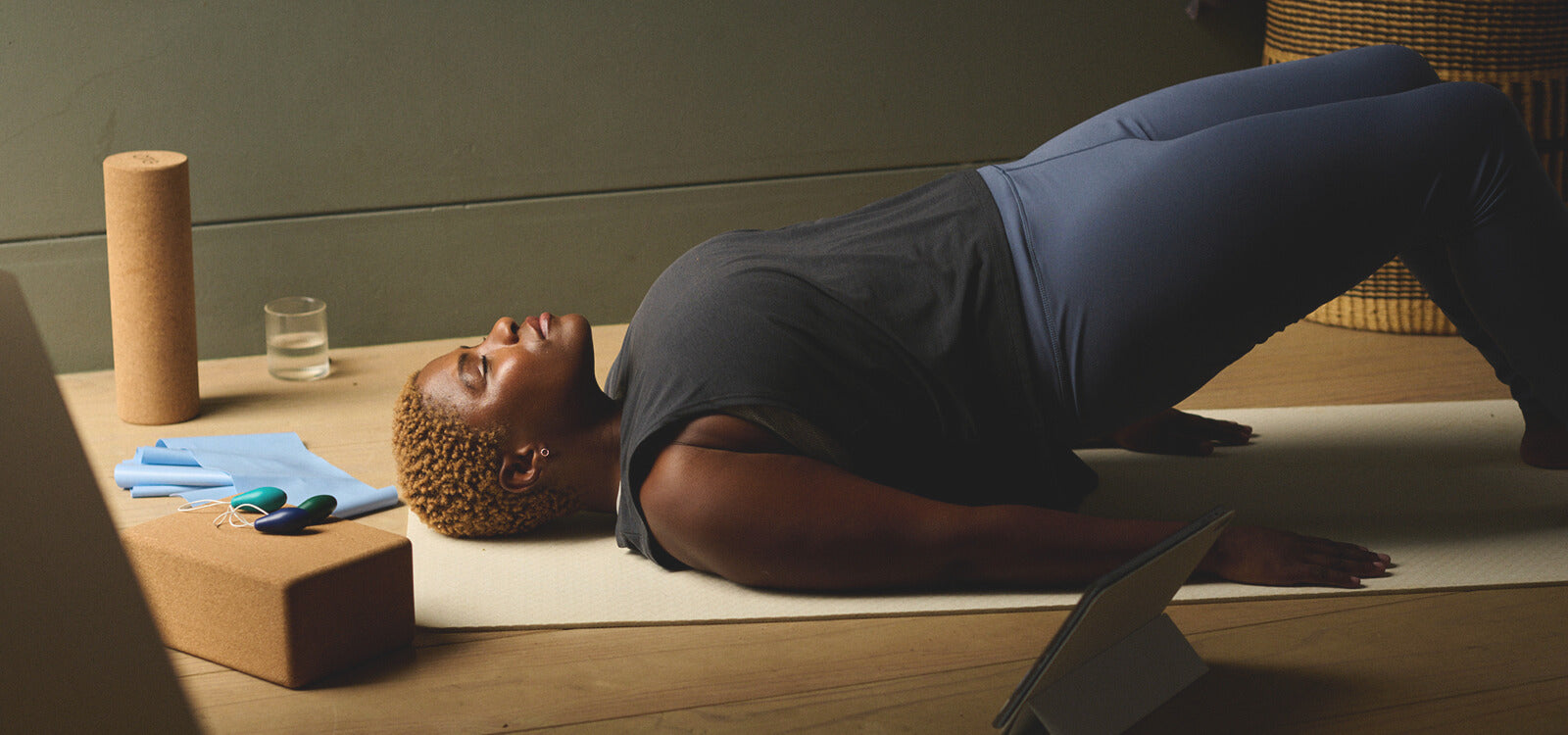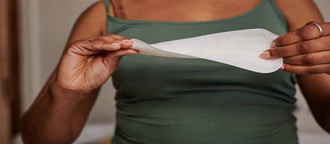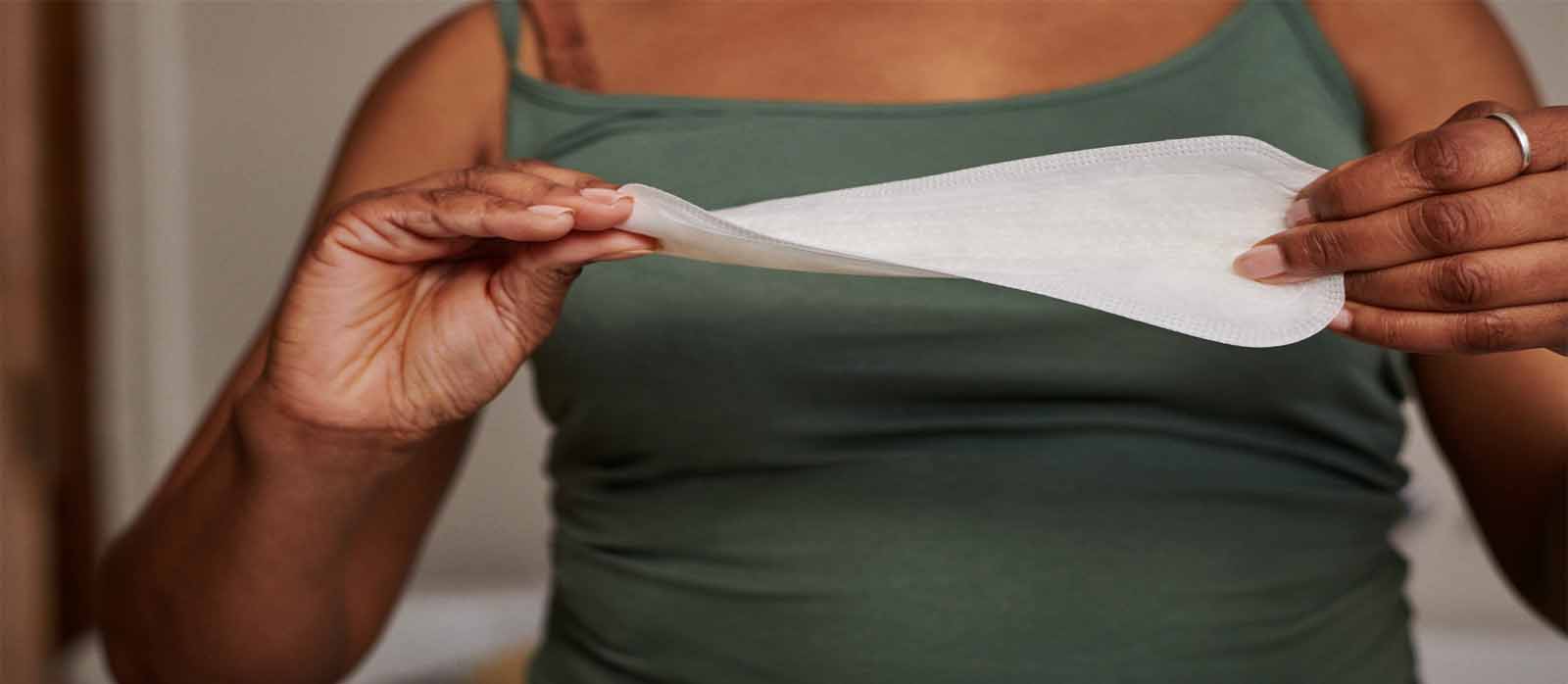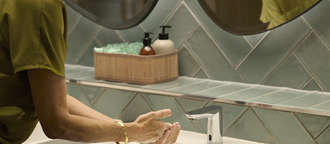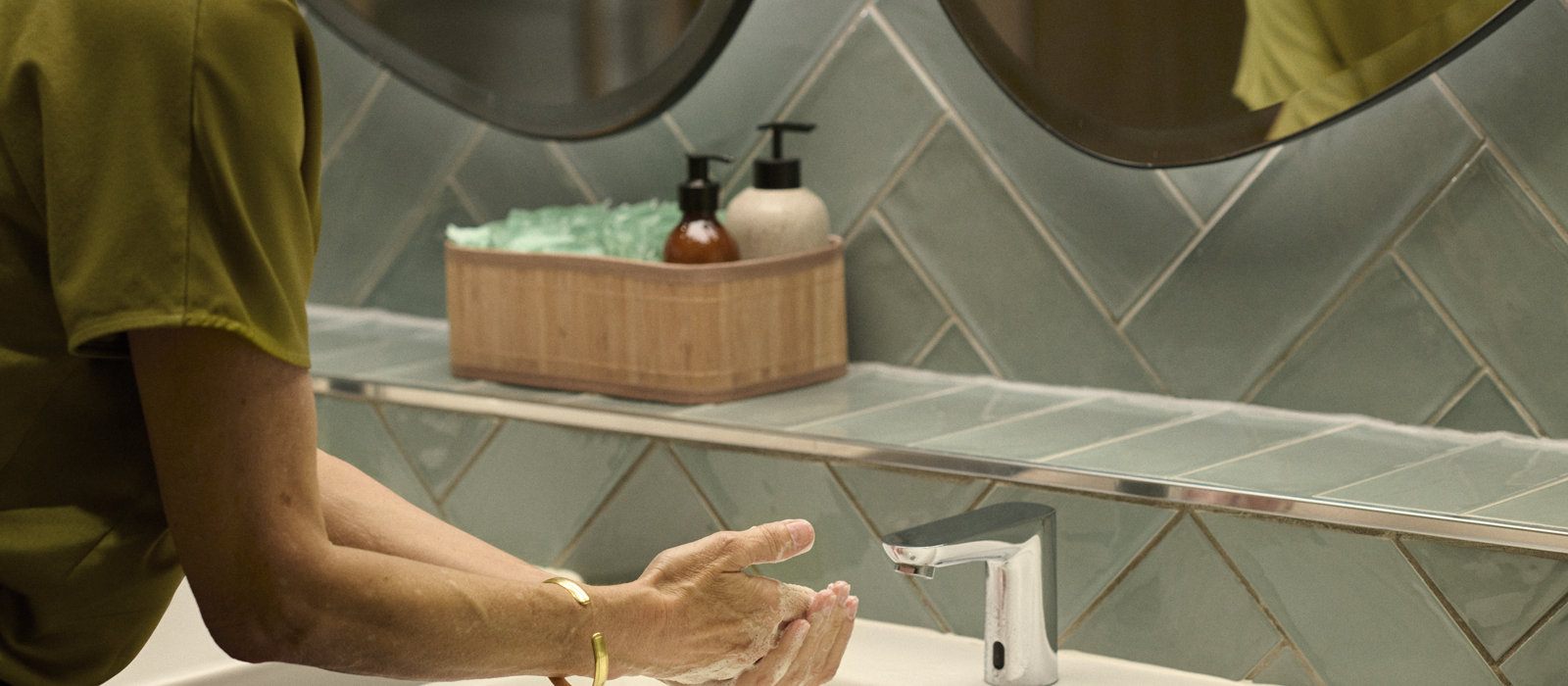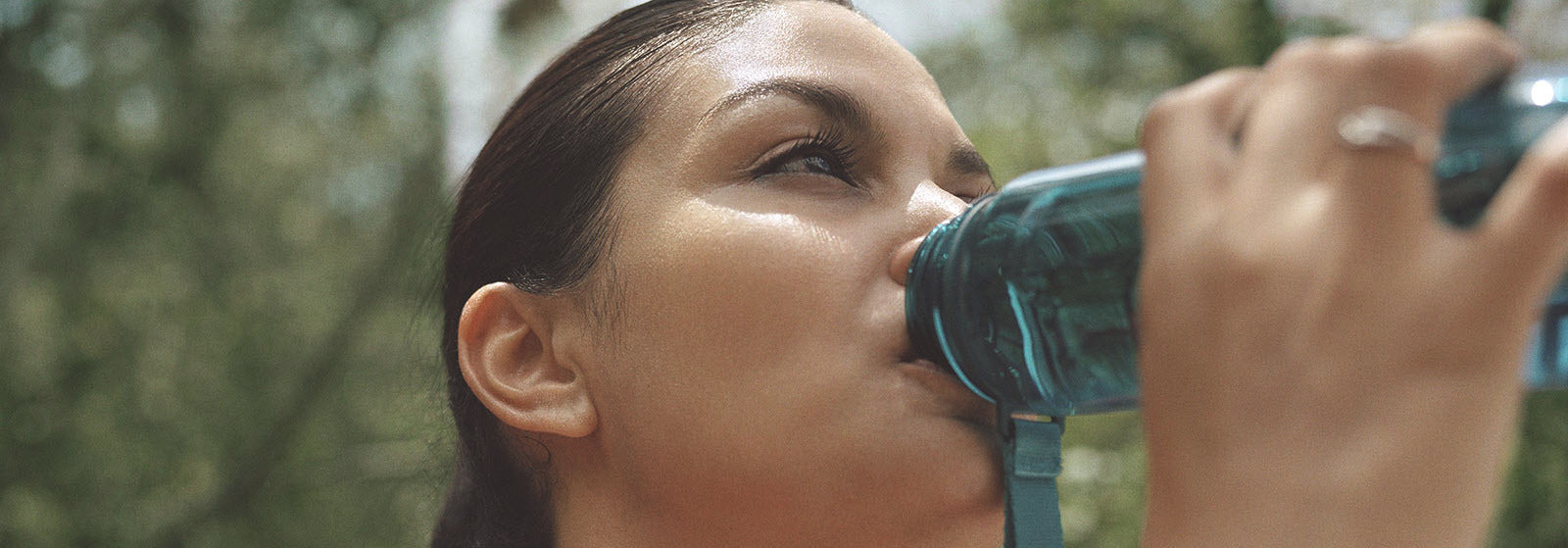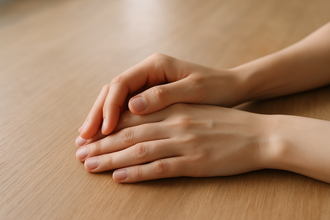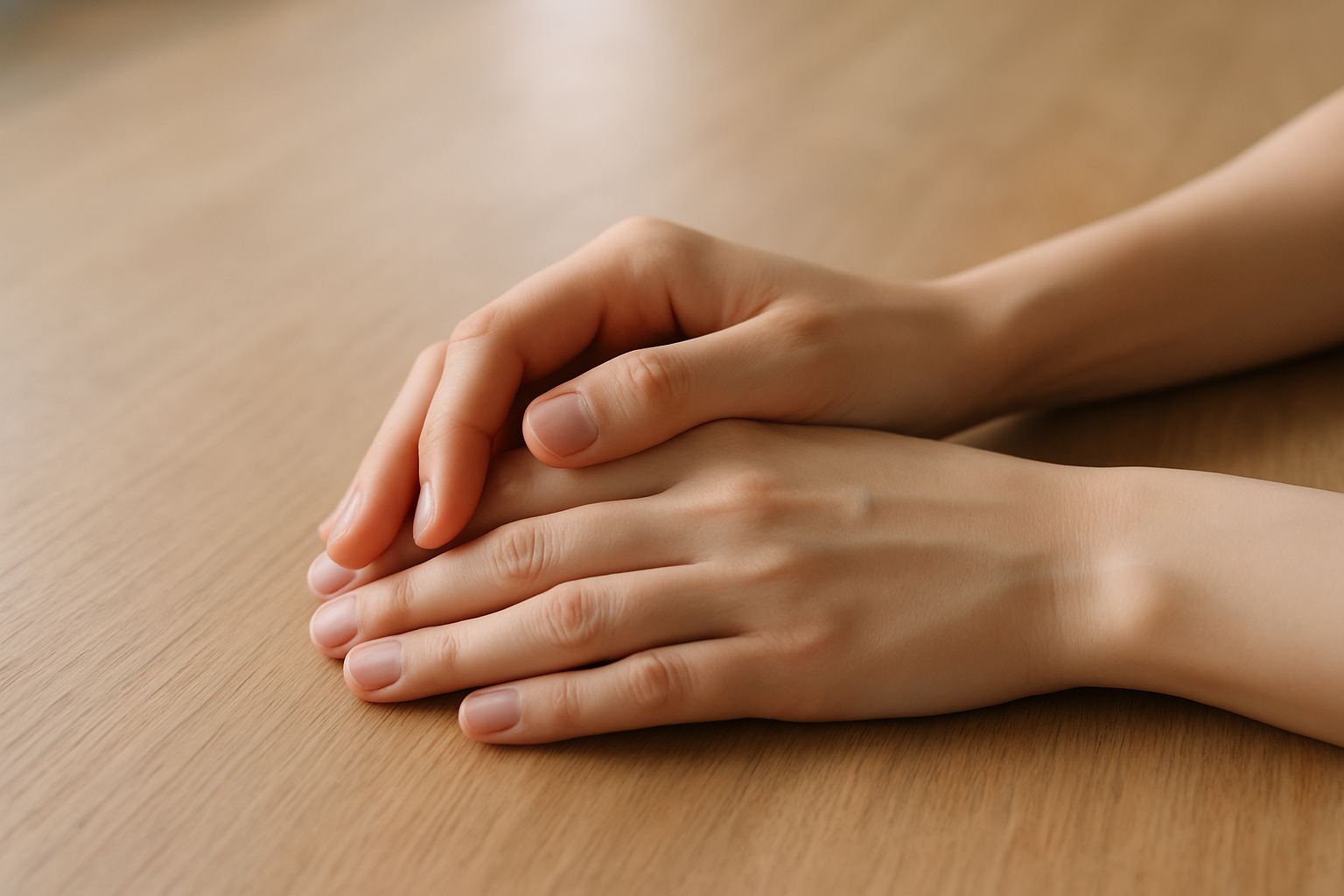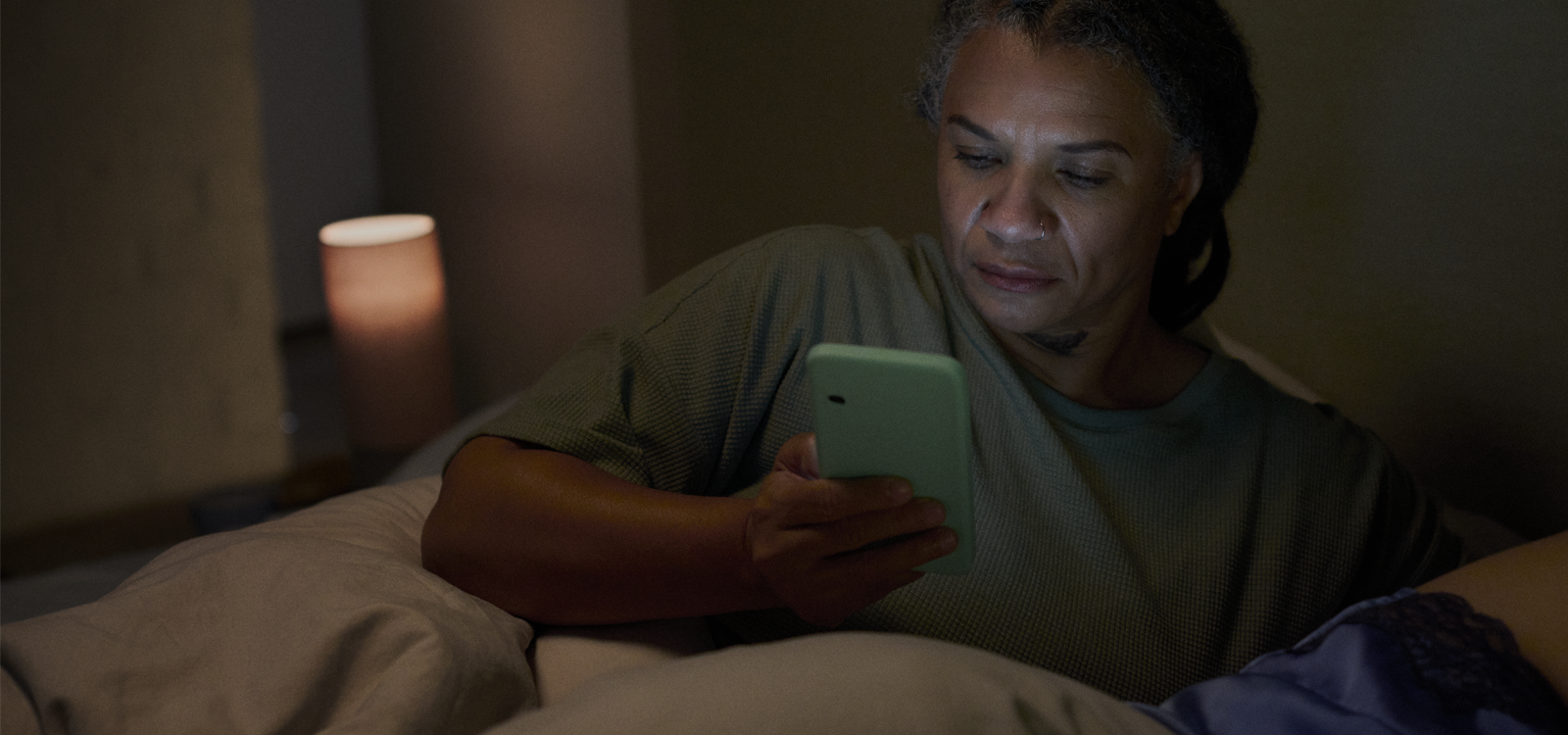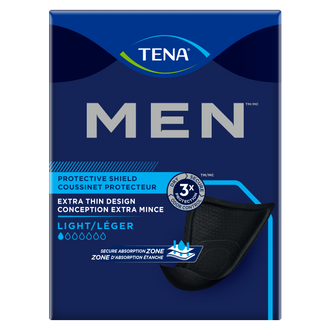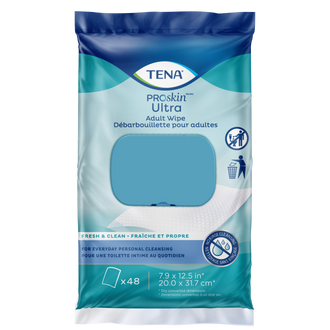Oct 20, 2025
Did you know that urinary incontinence is more common in women than men? While it may seem random, there are real reasons behind it; and some of them might even surprise you.
So why does incontinence affect women more? Let’s explore why it happens, everyday ways to manage it, and the products that can help you stay confident and in control.
Common Types of Urinary Incontinence
Urinary incontinence is a broad condition and there are multiple types.1 Both men and women can experience all types of incontinence, but some are more common in women.1,2
Here are the types of urinary incontinence and how they may show up in your daily life.
Stress Incontinence
If you notice leaks when you sneeze, cough, laugh, or jump, you may be experiencing stress incontinence.1 You're not alone; this type is especially common among women.1 It often begins during or after pregnancy, as these life events can weaken the pelvic floor muscles over time.3
Urge Incontinence (Overactive Bladder)
That sudden, strong urge to pee that makes you rush to the toilet could be a sign of urge incontinence.1 It affects both men and women, but is more common in older women.1 Some possible triggers include: 4
- Menopause
- Aging
- Muscle damage
Overflow Incontinence
If you’ve noticed some dampness sometimes after using the bathroom, overflow incontinence could be the reason. It happens when your bladder does not fully empty after using the toilet, leading to dribbling later on.4 This type of leak is more common among men due to prostate conditions like an enlarged prostate.3
Functional Incontinence
This type of incontinence isn’t about your bladder; it happens when a health condition makes it harder to reach the bathroom in time.4 These conditions might include memory challenges like dementia or mobility issues like arthritis.4
Mixed Incontinence
If you have this type of incontinence, you could be dealing with two kinds of incontinence; stress and urge.4 It might feel frustrating, but you're not alone. This mix is especially common among women over 60.4,5
How Urinary Incontinence Differs Between Men and Women
Over 435 million people worldwide aged 20 and older experience some form of incontinence.6 Bladder leaks in women are twice as common as in men.1 Not only is incontinence more common in women, but it could also show up differently.3
Here’s a simple comparison to help you understand the differences:3
- Shorter urethra: Makes women more prone to infections and leaks.
- Pregnancy and childbirth: Increases the risk in women, while men may experience leaks due to prostate conditions or surgery.
- Hormonal changes: Women’s estrogen levels drop during menopause, increasing the risk of bladder leaks.
The Impact of Gender on Incontinence Treatment and Management
Understanding Urinary Incontinence in Women
Common Causes in Women
Here are some female incontinence causes:
Childbirth
Vaginal delivery could damage your pelvic floor.7 If this damage doesn’t heal, it may lead to leaks.7 The good news is these muscles often recover within a few months, and not all women will experience bladder leaks.7
Menopause
During menopause, your hormone levels change.3 One of those hormones, estrogen, drops.3 As it does, your bladder and urethra could become thinner and less elastic, making leaks more likely.3
Pelvic floor trauma
Outside childbirth, high-impact exercises like burpees or jump squats, while beneficial, could overload or injure the muscles that support your bladder.8 This damage may increase the risk of stress incontinence.8
Obesity
Excess weight could place more pressure on your pelvic floor, stretching or straining it over time.9 This constant stress may raise the risk of stress incontinence.9
Hysterectomy
This surgery removes the womb and could affect the nerves that help control your bladder, increasing the chance of stress incontinence.10,11
Smoking
This habit could put you at risk for leaks because of the chronic cough that comes with it.12 This repeated coughing increases pressure on your pelvic floor, which may lead to stress incontinence.12
Treatment Options for Women
Here are some treatment options you could explore with your doctor:13
- Pelvic floor exercises: Also known as Kegels, these simple exercises could help you strengthen your pelvic floor muscles, which may help reduce leaks over time.
- Bladder training: This option could help you retrain your bladder to hold in pee for longer periods without leaks with the help of a schedule.
- Medications: Your doctor might prescribe vaginal estrogen to support the area around your urethra or Botox to calm your bladder down.
- Surgery: If other options don’t improve your symptoms, your doctor might recommend a procedure like a sling. These surgeries could help give your urethra or bladder the support it needs to reduce leaks.
Incontinence Products and Aids
Your doctor may recommend some aids to help support your bladder if you’re dealing with stress incontinence.13 While receiving treatment, female incontinence products could also help you feel comfortable and confident.14
Products like pads and liners are specially designed for your anatomy.14 They also help you stay discreet and protect you from leaks with different absorbency levels.14
There are a variety of women’s incontinence products available that will keep you dry and comfortable and protected from leaks and dribbles through the day.
Understanding Urinary Incontinence in Men
Common Causes in Men
Here are some reasons why men could experience incontinence:15
Benign Prostatic Hyperplasia (BPH): This non-cancerous condition could block the urethra and make it harder to fully empty the bladder, leading to leaks.
Prostate cancer and its treatment: Both the condition and treatments like radiotherapy or prostate removal could affect the nerves that control the bladder, resulting in leaks.
Keeping an eye on your health isn’t only for older people. Learn more about prostate cancer in younger men.
Neurological conditions: Disorders like multiple sclerosis or Parkinson’s disease could disrupt signals between the brain and bladder, making it harder to hold pee.
Aging: As men age, the muscles that support the bladder could weaken, reducing its ability to hold pee and increasing the risk of leaks.
Treatment Options for Men
Some treatment options are similar for both men and women.13,16 For instance, men could also find relief through:16
- Pelvic floor exercises
- Bladder training
- Lifestyle changes like cutting down on bladder irritants
- Medications that calm the bladder
Men also have treatment options that are unique to them. Just like women may use vaginal estrogen, men could benefit from BPH medications or procedures like artificial urinary sphincter surgery. 13,16.
Incontinence Products and Aids
Men also have incontinence products that could help them feel confident and protected. These products include:
- Drip collectors and male guards: These absorbent products are designed with the male anatomy in mind.14 They're discreet and especially helpful for incontinence after prostate surgery.14
- Male external catheters: These condom-like devices could help them collect leaks into a drainage bag, without the need for a tube inside the penis.
17
Designed for the male anatomy, TENA incontinence products will help to keep you dry and confident, supporting your lifestyle.
When to Seek Medical Advice
Consider seeing your doctor if you notice any of the following symptoms:18
- Pain when you pee.
- Sudden changes, like needing to go more often or being unable to go.
- Blood in your urine.
- Your symptoms are affecting your daily life.
Incontinence could come with a lot of emotions, and it’s okay to feel unsure about reaching out for help, but remember, incontinence is a treatable condition, and your doctor can help you find a plan that puts you back in control.3
References
1. Ashley Marcin. Urinary Incontinence in Women: Types, Treatments, and Outlook [Internet]. Healthline. 2023. Available from: https://www.healthline.com/health/incontinence-in-women
2. Silverberg L. Urinary Incontinence: Men vs. Women [Internet]. Top Urologist NYC. 2020. Available from: https://www.topurologistnyc.com/urinary-incontinence-men-vs-women/
3. Urology Clinic of North Texas. Incontinence: It’s Not a “One Size Fits All” Issue - Urology Clinics of North Texas [Internet]. Urology Clinics of North Texas. 2024 [cited 2025 Aug 2]. Available from: https://urologyclinics.com/blog/incontinence-men-vs-women/
4. WebMD Editorial Contributor. Types of Urinary Incontinence [Internet]. WebMD. 2024. Available from: https://www.webmd.com/urinary-incontinence-oab/types-of-urinary-incontinence
5. Elisabeth M. Sebestax, Roger R. Dmochowski. Mixed Urinary Incontinence: Diagnosis and Management [Internet]. Lidsen.com. 2025 [cited 2025 Aug 2]. Available from: https://www.lidsen.com/journals/geriatrics/geriatrics-07-04-251/obm.geriatr.2304251.pdf
6. Leslie S, Tran L, Puckett Y. Urinary Incontinence [Internet]. PubMed. Treasure Island (FL): StatPearls Publishing; 2023. Available from: https://www.ncbi.nlm.nih.gov/books/NBK559095/
7. Amy Rosenman, MD. Childbirth & Incontinence - Urogynecoloy & Pelvic Health | UCLA Health [Internet]. www.uclahealth.org. Available from: https://www.uclahealth.org/medical-services/womens-pelvic-health/patient-education/childbirth-incontinence
8. Khowailed IA, Pinjuv-Turney J, Lu C, Lee H. Stress Incontinence during Different High-Impact Exercises in Women: A Pilot Survey. International Journal of Environmental Research and Public Health [Internet]. 2020 Nov 12 [cited 2021 Aug 21];17(22). Available from: https://pubmed.ncbi.nlm.nih.gov/33198262/
9. Ballard AC, Richter HE. The Impact of Obesity and Weight Loss on Urinary and Bowel Incontinence Symptoms in Women. Menopausal medicine : for clinicians who provide care for women / American Society for Reproductive Medicine [Internet]. 2011 Aug;19(3):S1. Available from: https://pmc.ncbi.nlm.nih.gov/articles/PMC4226402/
10. Matthew Hoffman, MD. What Is a Hysterectomy and Why Is It Performed? [Internet]. WebMD. 2023. Available from: https://www.webmd.com/women/hysterectomy
11. Tulokas S, Maarit Mentula, Päivi Härkki, Brummer T, Jyrki Jalkanen, T. Kuittinen, et al. Stress urinary incontinence after hysterectomy: a 10-year national follow-up study. Arch Gynecol Obstet. 2022 Jan 21;305(4):1089–97.
12. Jenkins S. How Smoking Contributes To Incontinence - National Association For Continence [Internet]. National Association For Continence. 2017. Available from: https://nafc.org/bhealth-blog/how-smoking-contributes-to-incontinence
13. WebMD Editorial Contributors. Treatment for Urinary Incontinence in Women [Internet]. WebMD. WebMD; 2017. Available from: https://www.webmd.com/urinary-incontinence-oab/treatment-urinary-incontinence-women
14. DeMarinis M, Kaschak TR, Newman DK. Absorbent Products for Incontinence. Clinical Application of Urologic Catheters, Devices and Products. 2017 Dec 10;149–72.
15. WebMD Editorial Contributor. What Causes Urinary Incontinence in Men? [Internet]. WebMD. 2025. Available from: https://www.webmd.com/urinary-incontinence-oab/causes-urinary-incontinence-men
16. MayoClinicHealthSystem. Urinary incontinence treatment for men [Internet]. Mayo Clinic Health System. 2022. Available from: https://www.mayoclinichealthsystem.org/hometown-health/speaking-of-health/treatment-options-for-men-with-urinary-leakage
17. Griffin RM. Urinary Incontinence Products for Men [Internet]. WebMD. 2024 [cited 2025 Aug 3]. Available from: https://www.webmd.com/men/urinary-incontinence-products-for-men
18. NIH. Symptoms & Causes of Bladder Control Problems (Urinary Incontinence) | NIDDK [Internet]. National Institute of Diabetes and Digestive and Kidney Diseases. 2019. Available from: https://www.niddk.nih.gov/health-information/urologic-diseases/bladder-control-problems/symptoms-causes
























































